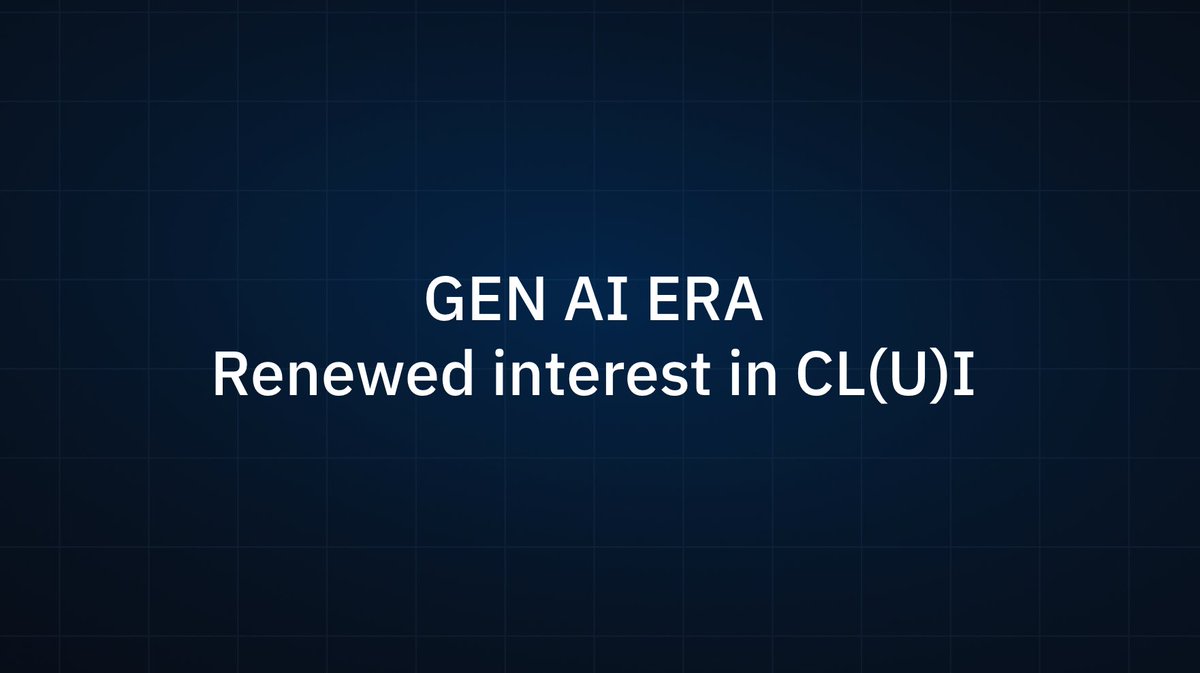Many have asked for a copy of this book, here are all the pages in this thread 
https://twitter.com/amasad/status/1585419934607507456

• • •
Missing some Tweet in this thread? You can try to
force a refresh



























































































